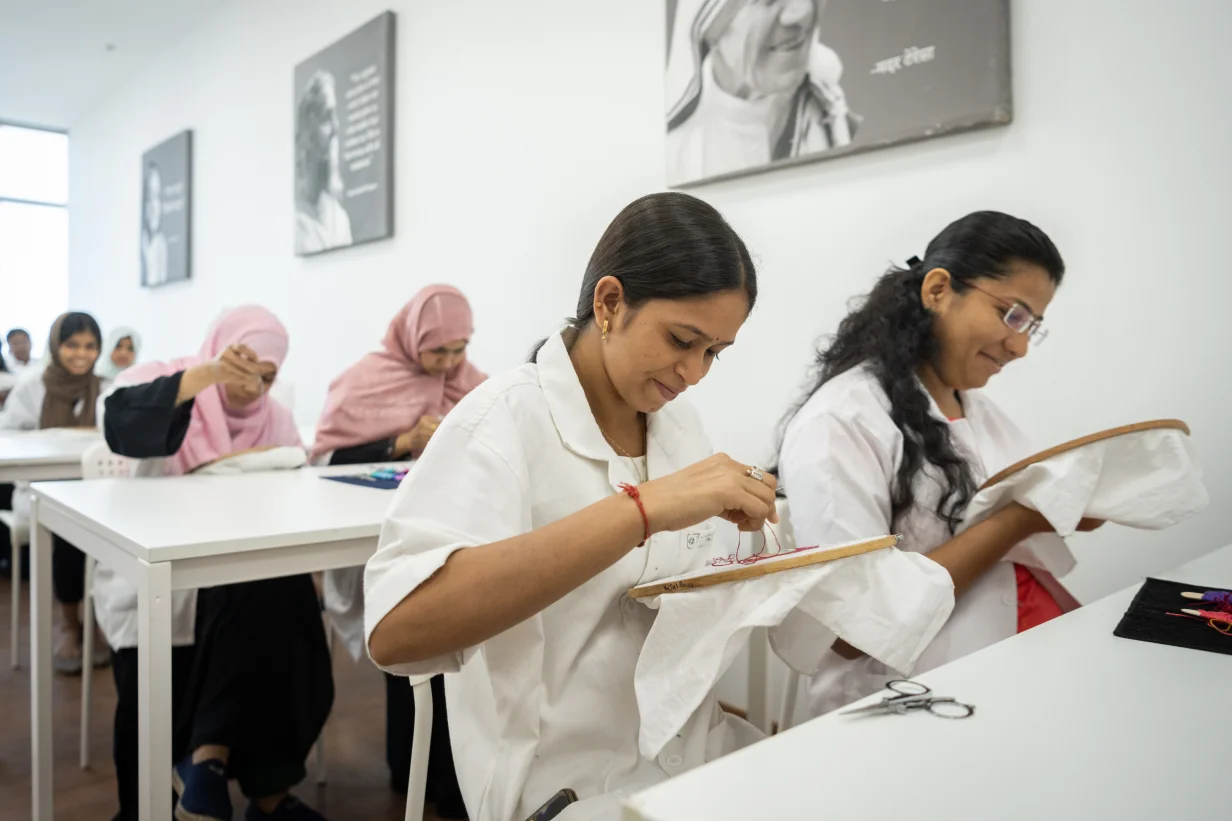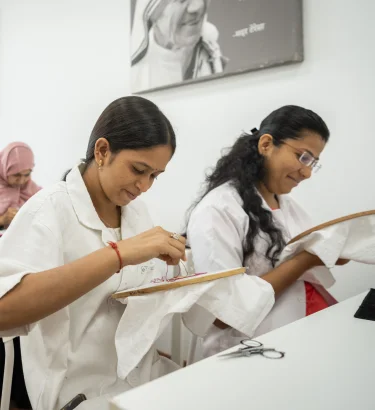"The future depends
on what we do in
the present."
MAHATMA GANDHI


"The future depends on
what we do in the present."
MAHATMA GANDHI
An Innovative Training Model
The 18-month curriculum helps women build hands-on skills to receive mastery in various craft techniques and mastery in hand-craftsmanship to become industry-ready.
Along with an immersive know-how of master crafts covering over 300 techniques such as crochet, macrame, hand-embroidery, toy making, origami and more, the students are also taught modules on global craft and culture, design thinking in a contemporary context, business acumen, basic finance, and starting new ventures.
Upon graduation, the artisans of Chanakya School of Craft pursue projects across wide disciplines, collaborating with artists such as Judy Chicago, Eva Jospin, Manu Parekh, Madhvi Parekh, Olesia Trofymenko, Mickalene Thomas and Marta Roberti, heritage fashion houses such as Dior and established non-profit organizations to spread the message of excellence in craft, and inclusivity.
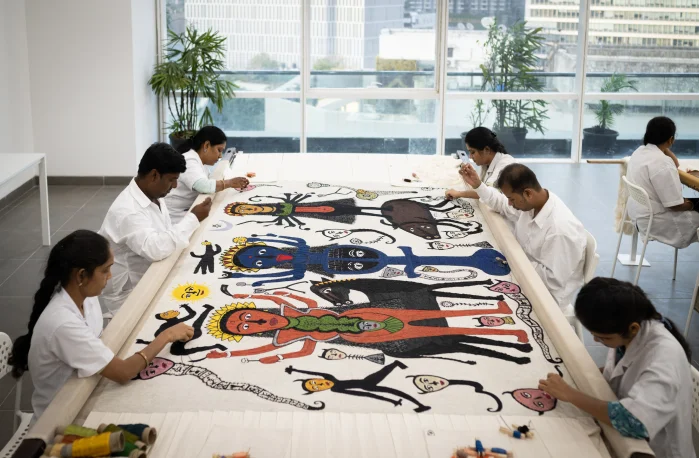

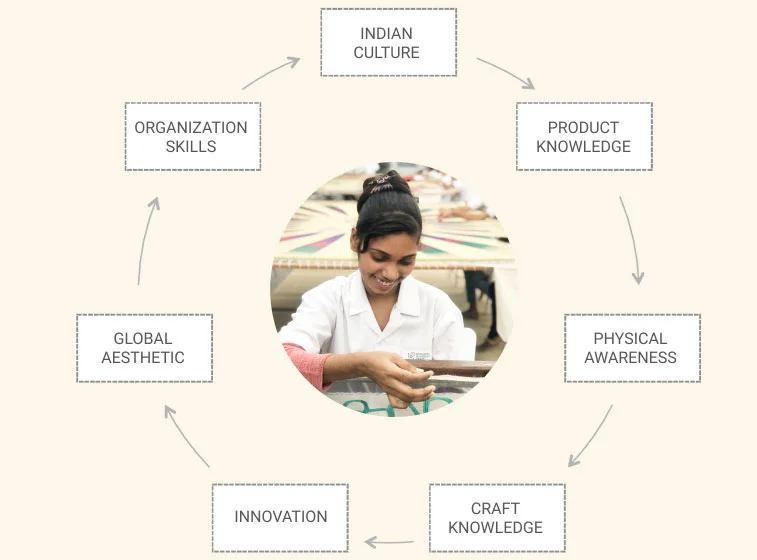
The Team
Our faculty comprises distinguished leaders, scholars, and practitioners each with industry knowledge spanning art, craft, history, and textiles. The students work closely with them, benefitting from their scholarship professional experience and networks. Collectively, our educators are skilled in hand embroidery, sewing, pattern making, draping, ancillary crafts such as tatting and crochet, art history, design, and apparel construction.
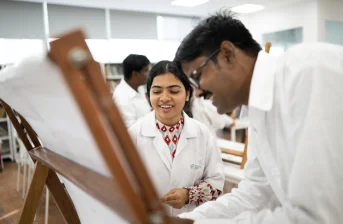
Curriculum & Training
The curriculum encourages learning and exposure to not just the technical aspects of embroidery and the crafts but also to try and open the minds of our students to all kinds of culture and design from India and around the world. Training our women in aspects of design such as colour theory, semiotics and art history, in a simple and engaging manner, helps them look beyond the techniques and embrace craft in all its aspects. The curriculum is also supported by visits to museums and art exhibitions, and healthcare sessions with reputed doctors for all-round development.
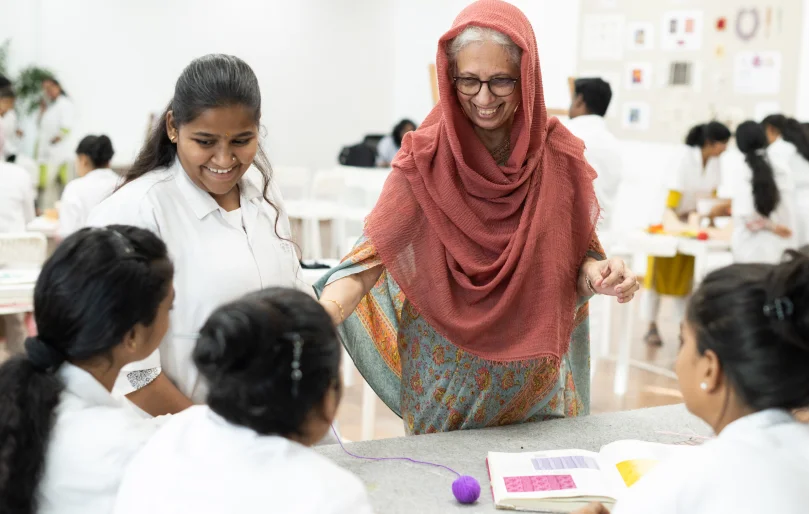
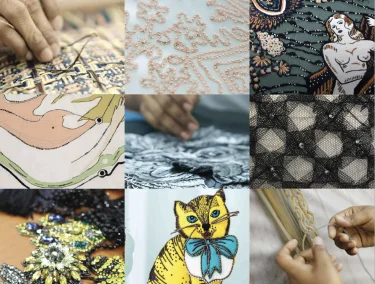
Storytelling & Visual Learning Through Iconic Women
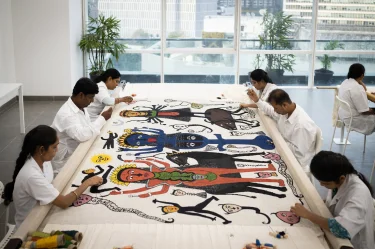
An Innovative Training Model
The 18-month curriculum helps women build hands-on skills to receive mastery in various craft techniques and mastery in hand-craftsmanship to become industry-ready. Along with an immersive know-how of master crafts covering over 300 techniques such as crochet, macrame, hand-embroidery, toy making, origami and more, the students are also taught modules on global craft and culture, design thinking in a contemporary context, business acumen, basic finance, and starting new ventures.
Upon graduation, the artisans of Chanakya School of Craft pursue projects across wide disciplines, collaborating with artists such as Judy Chicago, Eva Jospin, Manu Parekh, Madhvi Parekh, Olesia Trofymenko, Mickalene Thomas and Marta Roberti, heritage fashion houses such as Dior and established non-profit organizations to spread the message of excellence in craft, and inclusivity
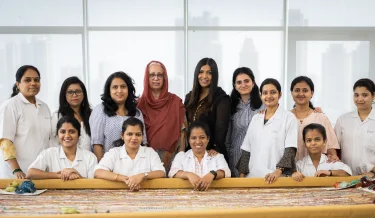
The Team
Our faculty comprises distinguished leaders, scholars, and practitioners each with industry knowledge spanning art, craft, history, and textiles. The students work closely with them, benefitting from their scholarship professional experience and networks. Collectively, our educators are skilled in hand embroidery, sewing, pattern making, draping, ancillary crafts such as tatting and crochet, art history, design, and apparel construction.

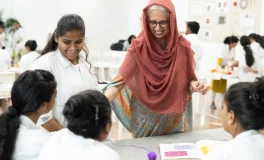
Curriculum & Training
The curriculum encourages learning and exposure to not just the technical aspects of embroidery and the crafts but also to try and open the minds of our students to all kinds of culture and design from India and around the world. Training our women in aspects of design such as colour theory, semiotics and art history, in a simple and engaging manner, helps them look beyond the techniques and embrace craft in all its aspects. The curriculum is also supported by visits to museums and art exhibitions, and healthcare sessions with reputed doctors for all-round development.
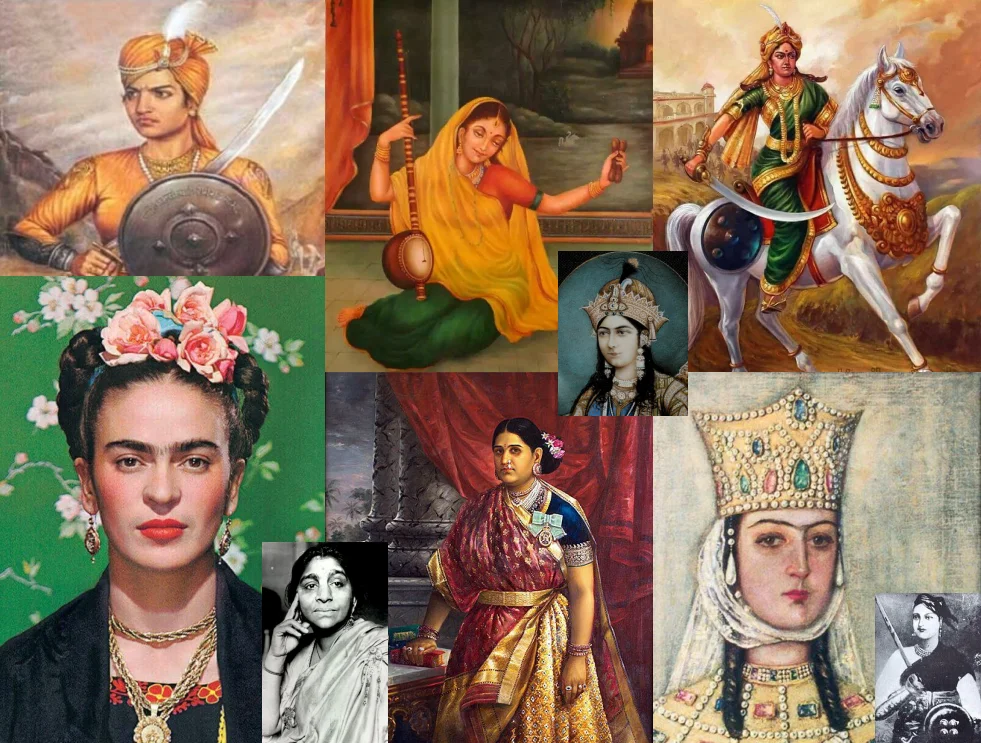
Storytelling & Visual Learning Through Iconic Women

